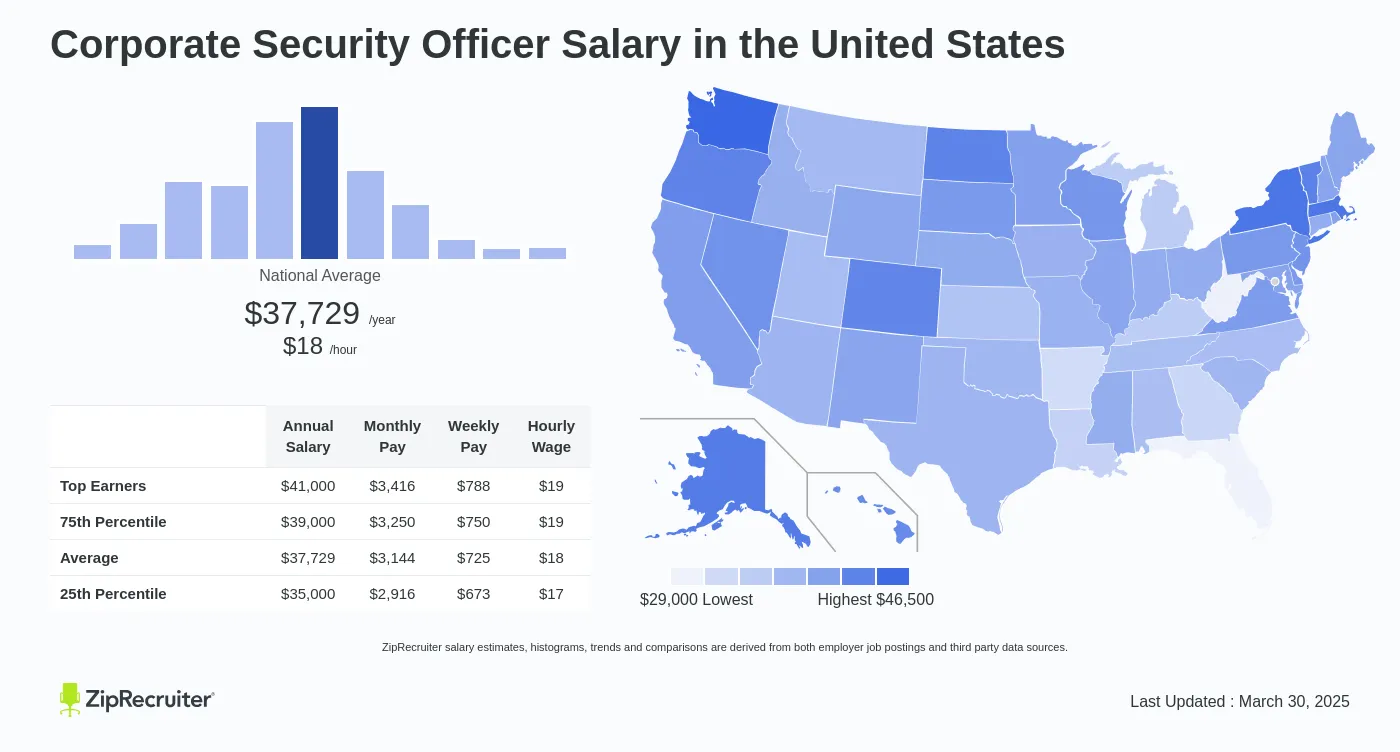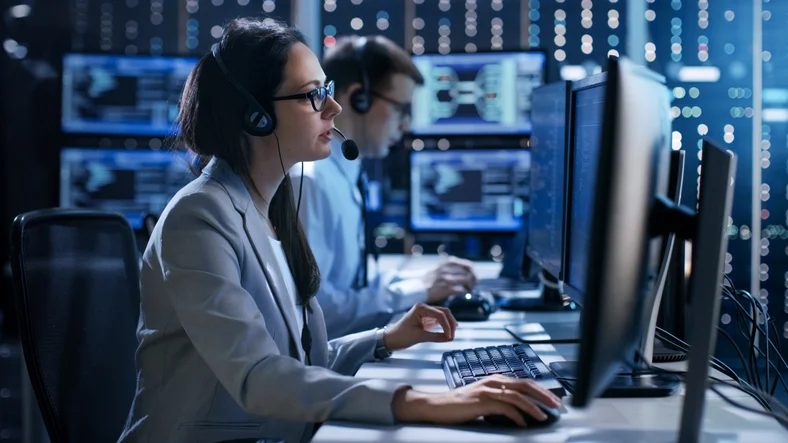Browsing the Globe of Corporate Security: Trick Insights and Best Practices
Wiki Article
From Cybersecurity to Physical Measures: Reinforcing Corporate Safety in an Altering World
By combining the toughness of both cybersecurity and physical safety and security, companies can create a thorough protection approach that attends to the diverse variety of dangers they deal with. In this conversation, we will certainly discover the transforming danger landscape, the need to integrate cybersecurity and physical safety, the application of multi-factor authentication procedures, the relevance of staff member awareness and training, and the adaptation of safety procedures for remote workforces. By examining these key areas, we will certainly gain important insights right into just how organizations can reinforce their corporate safety in an ever-changing world.Recognizing the Transforming Threat Landscape
The advancing nature of the modern world necessitates an extensive understanding of the changing hazard landscape for effective company security. It is crucial for organizations to stay educated and adjust their safety gauges to deal with these advancing threats.One trick facet of recognizing the changing threat landscape is acknowledging the various kinds of risks that organizations encounter. Cybercriminals are continuously creating new techniques to manipulate vulnerabilities in computer system systems and networks. These hazards can range from malware and ransomware assaults to phishing scams and social engineering strategies. In addition, physical dangers such as theft, vandalism, and business reconnaissance remain widespread worries for services.
Surveillance and evaluating the threat landscape is vital in order to identify prospective risks and vulnerabilities. This involves remaining updated on the newest cybersecurity fads, analyzing threat intelligence reports, and carrying out regular risk evaluations. By comprehending the altering hazard landscape, organizations can proactively implement suitable protection steps to minimize dangers and safeguard their possessions, online reputation, and stakeholders.
Integrating Cybersecurity and Physical Security
Incorporating cybersecurity and physical safety is vital for comprehensive business protection in today's interconnected and electronic landscape. As companies progressively count on technology and interconnected systems, the boundaries between physical and cyber risks are becoming obscured. To successfully guard against these dangers, an all natural strategy that incorporates both cybersecurity and physical protection measures is vital.Cybersecurity concentrates on safeguarding digital possessions, such as systems, information, and networks, from unapproved access, disruption, and burglary. Physical safety and security, on the various other hand, incorporates steps to safeguard physical possessions, individuals, and facilities from vulnerabilities and dangers. By incorporating these 2 domain names, organizations can attend to susceptabilities and hazards from both electronic and physical angles, thereby improving their total safety and security pose.
The integration of these two disciplines allows for a more thorough understanding of safety and security threats and allows a unified reaction to incidents. For instance, physical access controls can be boosted by incorporating them with cybersecurity methods, such as two-factor authentication or biometric recognition. Cybersecurity procedures can be complemented by physical security procedures, such as security electronic cameras, alarms, and secure accessibility points.

Carrying Out Multi-Factor Verification Steps
As companies increasingly focus on comprehensive protection measures, one efficient strategy is the application of multi-factor verification measures. Multi-factor authentication (MFA) is a security technique that requires customers to offer numerous forms of identification to access a system or application. This method includes an extra layer of security by integrating something the user understands, such as a password, with something they have, like a protection or a fingerprint token.By carrying out MFA, companies can considerably improve their security posture - corporate security. Standard password-based verification has its constraints, as passwords can be easily jeopardized or neglected. MFA mitigates these dangers by including an extra verification element, making it harder for unauthorized people to get to delicate information
There are a number of sorts of multi-factor authentication approaches offered, including biometric authentication, SMS-based confirmation codes, and equipment symbols. Organizations require to evaluate their details requirements and choose the most ideal MFA remedy for their demands.
However, the implementation of MFA ought to be thoroughly prepared and implemented. It is critical to strike an equilibrium in between safety and usability to stop user disappointment and resistance. Organizations ought to additionally take into consideration prospective compatibility issues and provide adequate training and support to make certain a smooth shift.
Enhancing Worker Awareness and Training
To reinforce business safety and security, organizations have to prioritize enhancing staff member understanding and training. In today's rapidly advancing risk landscape, employees play a crucial function in protecting an organization's delicate information and properties. Sadly, several safety breaches take place because of human error or lack of understanding. Consequently, companies need to spend in comprehensive training programs to inform their staff members regarding visit this page possible risks and the ideal practices for reducing them.Efficient staff member recognition and training programs ought to cover a variety of topics, including data security, phishing attacks, social design, password health, and physical security steps. These programs ought to be tailored to the specific needs and obligations of different employee duties within the read what he said organization. Regular training sessions, simulations, and workshops can assist staff members establish the needed skills and understanding to recognize and respond to safety hazards successfully.
Moreover, companies must encourage a culture of security recognition and supply continuous updates and tips to keep staff members notified about the newest risks and mitigation techniques. This can be done via internal interaction channels, such as e-newsletters, intranet portals, and email projects. By promoting a security-conscious workforce, companies can considerably decrease the likelihood of safety events and shield their useful possessions from unapproved gain access to or concession.

Adapting Safety And Security Actions for Remote Workforce
Adapting corporate protection measures to accommodate a remote workforce is necessary in ensuring the security of delicate details and properties (corporate security). With the increasing trend of remote work, organizations should implement proper safety measures to reduce the dangers linked with this new way of workingOne important element of adjusting safety procedures for remote job is developing safe interaction channels. Encrypted messaging platforms and virtual private networks (VPNs) can help protect delicate details and protect against unapproved gain access to. Furthermore, organizations ought to impose using strong passwords and multi-factor authentication to boost the protection of remote accessibility.
An additional vital factor to consider is the execution of safe and secure remote gain access to options. This entails supplying workers with protected access to company resources and data through virtual desktop computer framework (VDI), remote desktop protocols (RDP), or cloud-based remedies. These innovations guarantee that sensitive details remains safeguarded while allowing workers to perform their duties efficiently.

Last but not least, extensive safety awareness training is critical for remote staff members. Educating sessions must cover finest practices for firmly accessing and handling delicate details, recognizing and reporting phishing attempts, and preserving the overall cybersecurity hygiene.
Final Thought
Finally, as the hazard landscape continues to progress, it is critical for companies to strengthen their protection measures both in the cyber and physical domains. Integrating cybersecurity and physical security, applying multi-factor authentication measures, and enhancing employee awareness and training are important steps towards achieving durable company protection. In addition, adjusting safety procedures to fit remote workforces is necessary in today's transforming world. By executing these steps, organizations can minimize threats and secure their valuable properties from prospective dangers.In this conversation, we will certainly explore the transforming hazard landscape, the demand to integrate cybersecurity and physical security, the application of multi-factor authentication steps, the importance of worker understanding and training, and the adaptation of security measures for remote labor forces. Cybersecurity steps can be enhanced by physical safety and security actions, such as monitoring cameras, alarms, and safe and secure gain access to factors.
As organizations progressively prioritize extensive protection steps, one reliable approach is the application of multi-factor verification measures.In final thought, as the hazard landscape continues to develop, it is critical for organizations to enhance their protection measures both in the cyber and physical domains. Incorporating cybersecurity and physical protection, implementing multi-factor authentication procedures, and boosting staff member awareness and training are vital actions in the direction of attaining durable corporate safety and security.
Report this wiki page